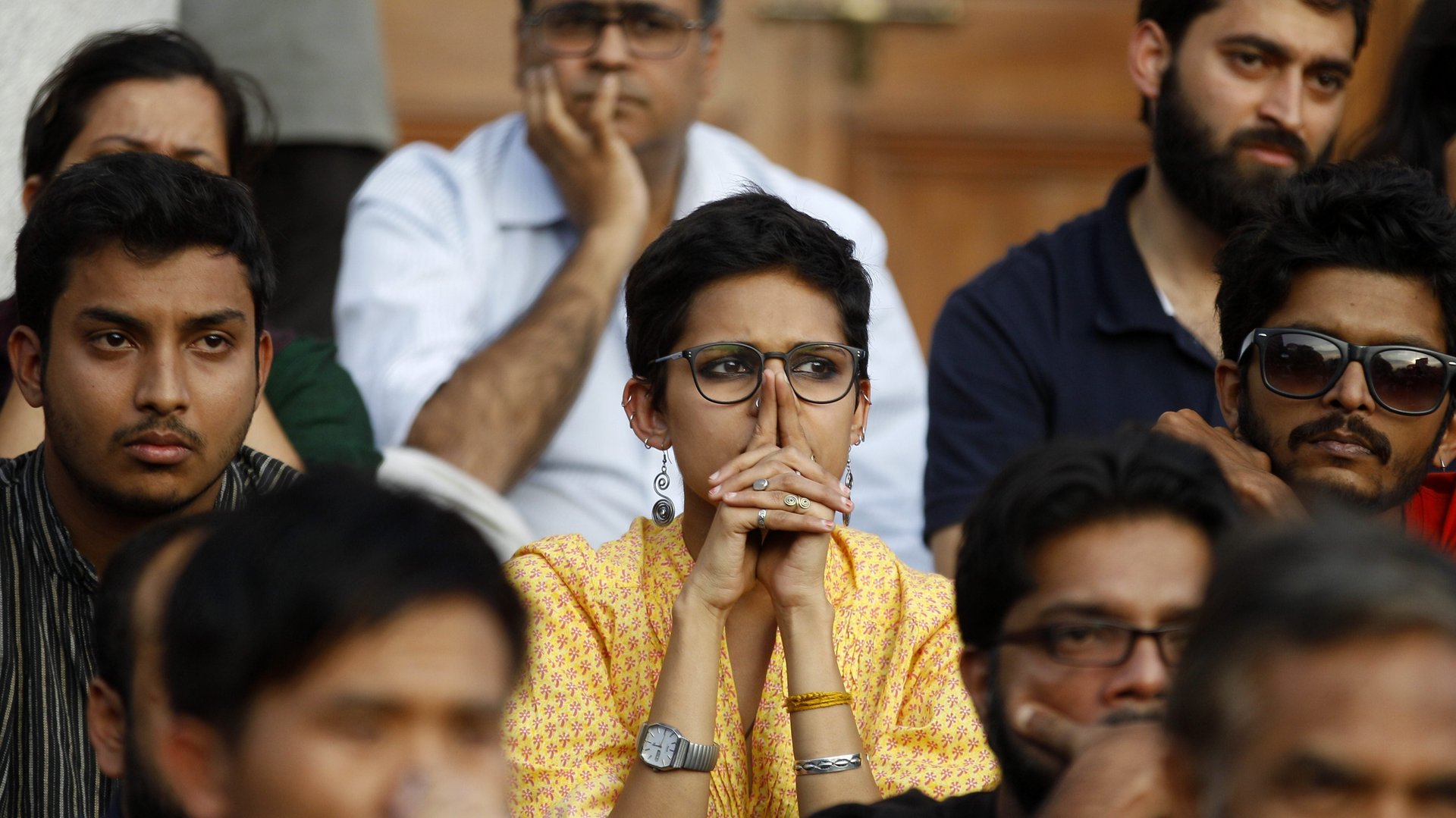India’s elite IITs have a plan to fix their gender gap—but will it work?
The scales at India’s most prestigious engineering colleges tilt heavily, and not surprisingly, towards men.


The scales at India’s most prestigious engineering colleges tilt heavily, and not surprisingly, towards men.
Currently, only between 8% and 9% of engineering students are female.
To fix this imbalance, the ministry of human resource development has directed all 23 Indian Institutes of Technology (IIT) to ensure that, beginning this year, at least 14% of their seats went to women. Subsequently, the IITs are to add at least 550 seats solely dedicated to female students, the Economic Times newspaper reported.
By the end of this decade, the IIT Council is aiming to pull the ratio up further, enrolling at least one woman student for every four men.
The IITs have been working in this direction for a while now.
Back in 2011, they waived the application fee for women to encourage them to take the entrance test. They have also reportedly been considering awarding merit-based scholarships to female students, besides waiving fees.
However, these steps may not be enough.
Often, the gender disparity becomes apparent even before students enter the exam hall. The number of male candidates that appear for the Joint Entrance Exam (JEE) is nearly double that of female aspirants. They also have a much higher exam clearance rate of over 6%, compared to 2% for women.
The larger issue is that women have constantly lagged behind , courtesy decades of deep-seated discrimination. Often, girls end up dropping out of schools either due to a lack of basic facilities like functioning toilets, or because of being pulled into doing household chores. By the time they turn 18, some 32% of girls are no longer enrolled in the formal education system compared to 28% of boys, according to the Annual Status of Education Report (ASER) (pdf) for 2017.
Even during the preparatory stage of their IIT tenures, women, unlike men, are actively discouraged from travelling to distant places and living in hostels while getting coached for the entrance exams.
In 2016, while up to 2,200 women secured a spot to study at the IITs, less than a third actually enrolled. Many choose not to owing to safety concerns.
Pooja Goyal, who cleared the IIT entrance exam in 1992, attended a convent school that did not even have a mathematics teacher for girls. Once at the institute, Goyal was one of the 13 women in her chemical engineering class of 300 at IIT Delhi. The gender divide distorted her very sense of belonging. “The boys did not know how to interact with girls. There were 10 hostels for boys on one side of the IIT Delhi campus, and there was one hostel for girls on the other end. And all the cultural activities took place on the boys’ end,” Goyal told Quartz in 2015.
“Once women enter campuses, there needs to be a much more inclusive approach to their educational experience. Gender-based curfews and restrictions must be lifted, “manels” during fests and conclaves must be discouraged, and initiatives must be rolled out to encourage woman students to participate in all aspects of the engineering life,” Sairee Chahal, founder of SHEROES, told Quartz. SHEROES is an online community for women seeking career opportunities and mentors.
However, the struggle doesn’t end even after securing the revered degrees.
India’s office culture doesn’t really accommodate women, who are mostly forced to constantly juggle work and home. For many, marriage and childbirth can shelve careers. In some instances, the pressure ends up in tragedy. For instance, accomplished IIT scholar Manjula Devak allegedly committed suicide at the age of 28 as she could not escape archaic traditions like the dowry sytem.
So getting women into the IITs may be a first step, but it needs to be so much more than just opening the gates wider.